Summary | Excerpt | Reading Guide | Reviews | Beyond the Book | Read-Alikes | Genres & Themes | Author Bio
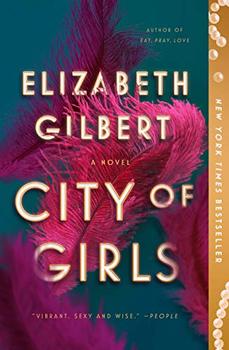
Critics' Opinion:
Readers' Opinion:
First Published:
Jun 2019, 480 pages
Paperback:
Apr 2020, 496 pages
 Book Reviewed by:
Book Reviewed by:
Adrienne Pisch
Buy This Book
This article relates to City of Girls
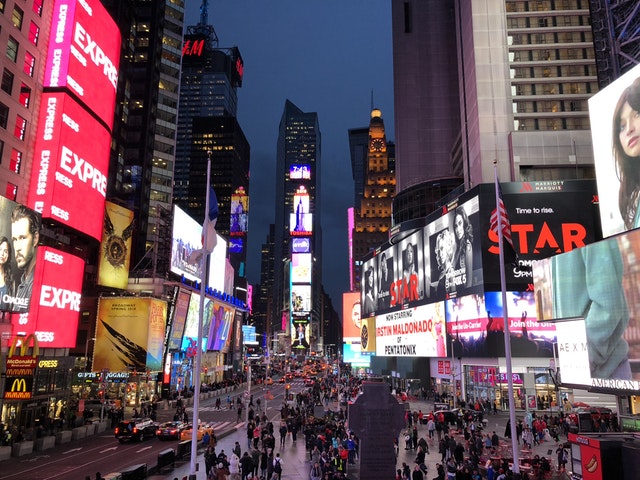 The New York City borough of Manhattan sometimes seems like it's much older than it actually is, given its massive scale, impressive infrastructure, and cultural impact. However, it was only in the 1850s that work began on Central Park, and Manhattan started to rapidly expand north of 14th Street. Times Square was only so named in 1904, after Albert Ochs, publisher of The New York Times, moved the newspaper's headquarters to a new skyscraper on what was then called Longacre Square. The first subway line opened that same year. Elizabeth Gilbert's City of Girls stars Vivian Morris, a young woman who is introduced to New York City's theatre scene in 1940. Theatre, unlike the subway or Times Square, has a much longer history in the city.
The New York City borough of Manhattan sometimes seems like it's much older than it actually is, given its massive scale, impressive infrastructure, and cultural impact. However, it was only in the 1850s that work began on Central Park, and Manhattan started to rapidly expand north of 14th Street. Times Square was only so named in 1904, after Albert Ochs, publisher of The New York Times, moved the newspaper's headquarters to a new skyscraper on what was then called Longacre Square. The first subway line opened that same year. Elizabeth Gilbert's City of Girls stars Vivian Morris, a young woman who is introduced to New York City's theatre scene in 1940. Theatre, unlike the subway or Times Square, has a much longer history in the city.
While theatre had been a popular form of entertainment in New York since before the Revolutionary War, there was no concentrated theatre district until the middle of the 19th century. Cheap real estate in central Manhattan drew theatres to the area, creating the dense group of them we know today as Broadway. Ticket prices began to fall, allowing more diverse audiences to attend plays. Traditionally, theatres performed Shakespeare and opera for a predominantly upper-class audience. However, lower admission costs democratized theatre; the middle class flocked to minstrel shows and melodramas, and the working class could afford variety shows. Variety shows evolved into vaudeville, a form of burlesque entertainment widely considered to be appropriate for women and children, further diversifying the theatre-going audience.
Theatre dropped in popularity during the Roaring Twenties; the introduction of motion pictures with sound in 1927, and the Great Depression in 1929, further reduced patronage. However, American playwrights and modern Broadway musicals brought New York theatre into its Golden Age, beginning just around the time Vivian arrives in New York City. While 19th century theatre was focused on entertainment, in the 20th century it shifted toward dramas and political commentary—particularly, whether America should intervene in World War II. Oklahoma! first opened in 1943 and went on to become the longest-running Broadway musical of its time at 2,212 performances; its success is seen by many as the start of Broadway's zenith. Another important development in the 20th century was the requirement that all actors be contracted, professionalizing the industry and ensuring that performers had improved rights and compensation.
In 1947, the Tony Awards were formed to celebrate excellence in Broadway shows—these awards continue to this day. Modern theatregoers may be perplexed by the differences between Broadway, off-Broadway, and off-off-Broadway shows. While there are numerous distinctions, the most important is size. Broadway shows seat 500+, while off-Broadway seats typically between 100-499. Off-off-Broadway shows seat less than 100 and may be more experimental, avant-garde, or unsuitable for a mainstream commercial market. Today, the longest-running Broadway show is Phantom of the Opera, which opened in 1988 and has run continuously since, with more than 12,000 performances.
The last hundred years of theatre has seen intense changes in order to cope with shifting technologies, politics, and patrons. With both large-scale Broadway productions and small, independent theatres, the industry continues to boom into the 21st century.
Photo courtesy of Samet Kasik.
Filed under Music and the Arts
![]() This "beyond the book article" relates to City of Girls. It originally ran in June 2019 and has been updated for the
April 2020 paperback edition.
Go to magazine.
This "beyond the book article" relates to City of Girls. It originally ran in June 2019 and has been updated for the
April 2020 paperback edition.
Go to magazine.
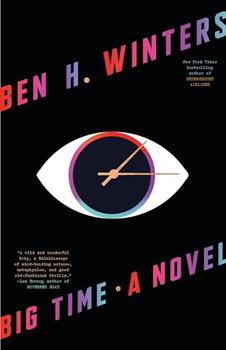
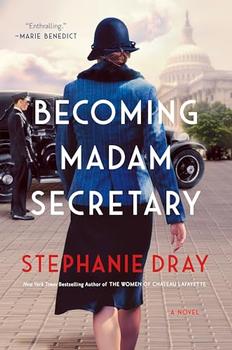
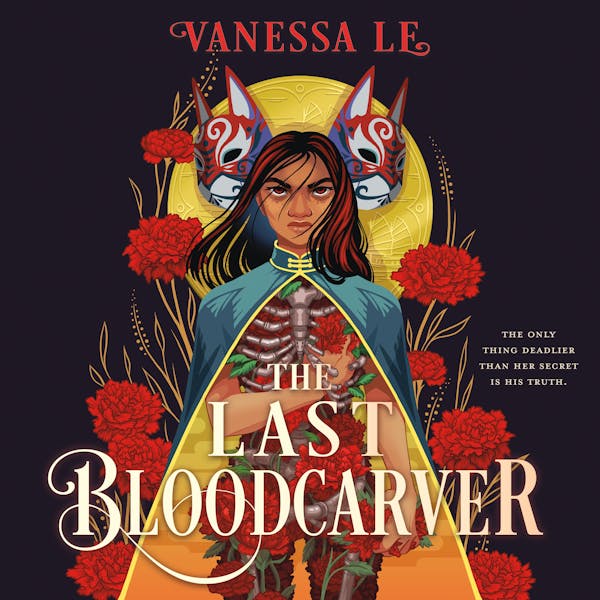
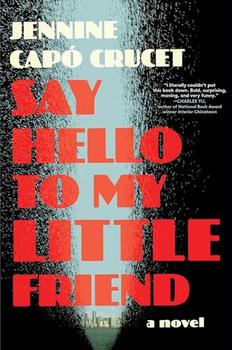

The Funeral Cryer by Wenyan Lu
Debut novelist Wenyan Lu brings us this witty yet profound story about one woman's midlife reawakening in contemporary rural China.
Your guide toexceptional books
BookBrowse seeks out and recommends the best in contemporary fiction and nonfiction—books that not only engage and entertain but also deepen our understanding of ourselves and the world around us.